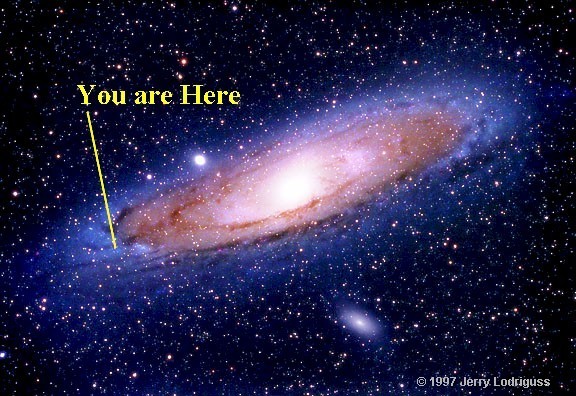When Americans elect a president every 4 years, the method we use is actually pretty strange when you stop to think about it:
1) Every state gets a number of votes equal to their number of representatives plus two. These are called "electoral votes".
2) 48 of the 50 states use a winner-takes-all system, where whichever presidential candidate gets the most votes in that state gets ALL the electoral votes of that state. The other two states use an adaptation of that method, where each candidate gets an electoral vote for each congressional district they win, plus two more for winning the overall state popular vote.
 |
| Electoral College for the year 2000 |
A notable side-effect of this policy is that someone can become President of the United States while losing the popular vote. This has happened 4 times out of 55 US presidential elections, or 7% of the time. Maybe that seems like an acceptably small fraction to you, but consider that there are also cases where it was very close to happening, like in 2004: Bush II had about 3,500,000 more nationwide votes than Kerry, but if 60,000 Bush voters had changed their minds and voted for Kerry in just one state (Ohio), he would have become the president. In the last 60 years, a "close" election like this, where fewer than 60,000 voters could've made the wrong man President, has come close to happening 6 times, meaning that 6/15 or 40% of recent elections were problematic.
For fun, I've taken the liberty of running some simulations. Each state is given its share of electoral votes as of the 2000 census, I specify the national popular vote totals and give each state its own vote total, normally distributed about the national mean, with a standard deviation taken from the last three presidential elections (about 11% each time). Then I check to see if the national popular vote winner is also the electoral college winner.
For an example election that's 48/52 (i.e. a 4% margin for one candidate), I ran this simulation 1,000,000 times, and here are the EV results:
We see that in more than 10% of the runs, the national popular vote winner does not become the president. Repeating this process for a collection of margins, I find the probability of the "wrong president" vs. national popular vote margin:
I also show the last eight elections as vertical lines on the bottom, highlighting in red the one that gave us the "wrong" person. Statistically speaking, we should have seen on average 1.3 "wrong" presidents in the past 8 elections. Reality, however, is constrained to integers in this case, so it's really no huge anomaly that we got 1 error out of 8. What's surprising to me is how astonishingly poor this system is at electing the popular vote winner to the presidency. With a national popular vote margin of 4% we get an error of 10%. With a margin of 1% we get an error of 37%. For margins smaller than 1% we may as well flip a coin, even though 1% represents more than 3,000,000 Americans.
Raw data is tabulated below. For reference, the margins of the last 8 elections ranged between 0.5% and 10%. The real miracle here is that we have had only four wrongly-elected presidents out of 55!
For fun, I've taken the liberty of running some simulations. Each state is given its share of electoral votes as of the 2000 census, I specify the national popular vote totals and give each state its own vote total, normally distributed about the national mean, with a standard deviation taken from the last three presidential elections (about 11% each time). Then I check to see if the national popular vote winner is also the electoral college winner.
For an example election that's 48/52 (i.e. a 4% margin for one candidate), I ran this simulation 1,000,000 times, and here are the EV results:
We see that in more than 10% of the runs, the national popular vote winner does not become the president. Repeating this process for a collection of margins, I find the probability of the "wrong president" vs. national popular vote margin:
I also show the last eight elections as vertical lines on the bottom, highlighting in red the one that gave us the "wrong" person. Statistically speaking, we should have seen on average 1.3 "wrong" presidents in the past 8 elections. Reality, however, is constrained to integers in this case, so it's really no huge anomaly that we got 1 error out of 8. What's surprising to me is how astonishingly poor this system is at electing the popular vote winner to the presidency. With a national popular vote margin of 4% we get an error of 10%. With a margin of 1% we get an error of 37%. For margins smaller than 1% we may as well flip a coin, even though 1% represents more than 3,000,000 Americans.
Raw data is tabulated below. For reference, the margins of the last 8 elections ranged between 0.5% and 10%. The real miracle here is that we have had only four wrongly-elected presidents out of 55!
Popular Vote Margin
|
Probability of Wrong President
|
10%
|
0.06%
|
8%
|
0.52%
|
6%
|
2.7%
|
4%
|
10.4%
|
2%
|
26%
|
1%
|
37%
|
0.4%
|
44%
|
0.2%
|
47%
|


